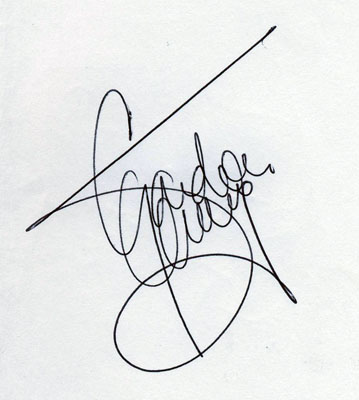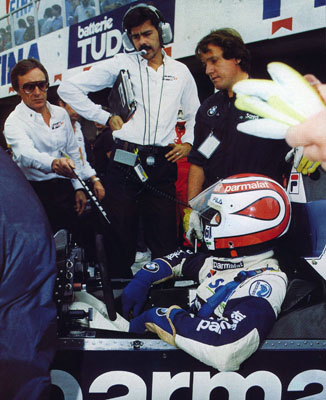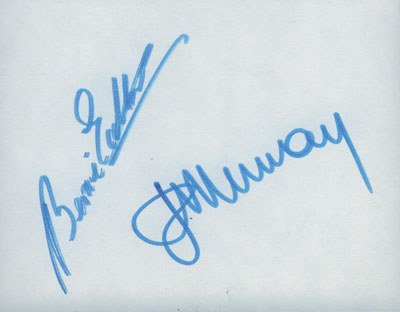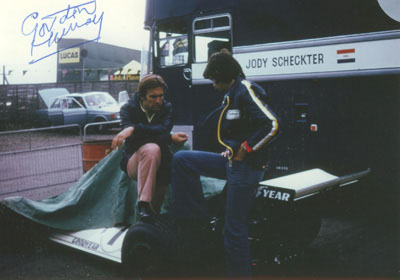
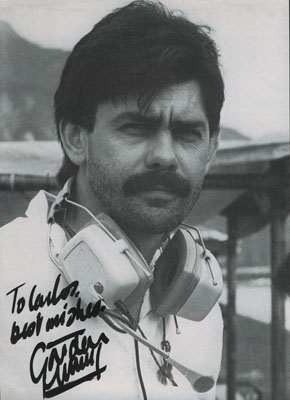
The son of a motor mechanic, Murray was passionate about racing when he was growing up in Durban, South Africa. After finishing school and doing a year of military service he became a draughtsman in a local engineering firm while studying mechanical engineering at the Natal Technical College in Durban. After five years he gained his diploma in mechanical engineering. During that time he designed, built and raced his own racing machines (both the car and the engine) mainly because he did not have the money to buy an imported racing car. He raced this machine in 1966 and 1967 but without many results and having had a lot of accidents. He decided that if he wanted to make an impression in motor racing he would have to be in England and so sold all his belongings and bought a ticket on a ship to Britain hoping to get a job at Lotus Cars with whom he had been corresponding. In the end however he found work as a missile designer at Hawker Siddeley before a chance meeting led to him being offered a job by Ron Tauranac as an design draughtsman at Brabham. For the next three years he learned the trade from Tauranac and after the team was taken over by Bernie Ecclestone assisted Ralph Bellamy. At the end of 1972, however, Ecclestone appointed Murray chief designer of Brabham and told him to design a competitive car. The result was the Brabham BT42 which was driven by Carlos Reutemann and Wilson Fittiapldi in 1973. The team finished fourth in the World Championship. The design was developed the following year into the Brabham BT44 and Reutemann won three races and the team was able to land substantial sponsorship from Martini & Rossi for the 1975 season. Reutemann and Carlos Pace drove BT44Bs and both drivers won a race and scored other good results to move the team to second in the Constructors' World Championship. Murray was convinced that in order to improve aerodynamics the team needed a flat-12 engine and Ecclestone struck a deal with Alfa Romeo. Murray designed the new BT45 which was low and wide but failed to deliver any major results and by the middle of 1976 Reutemann left the team. The car was revised for he 1977 season and while the car gradually improved the Alfa Romeo engines were never very reliable. For the 1978 season Murray produced the new BT46. The first version of the car featured surface cooling which did not work. This was then followed by the BT46B which has become known as "the Brabham fan car". This featured a large fan at the rear of the engine which sucked air from under the car through a radiator. It thus provided cooling for the engine and created "ground-effect". In the hands of Niki Lauda the car won the Swedish GP but was later outlawed by the FIA. The cars were modified again and later in the year Lauda won the accident-interrupted Italian GP. The team finished the year third in the Constructors' Championship. As ground-effect technology developed it became clear that a new engine was needed because of the need for underbody aerodynamics at the rear of the car and Alfa Romeo designed a new V12 engine for Murray's next offering, the BT48. The car was not very successful but Lauda won the non-championship Dino Ferrari Grand Prix at Imola. Murray hurriedly designed a replacement - the BT49 - for Cosworth engines. The car appeared for the first time at the end of 1979 and was developed for the 1980 season when Nelson Piquet became a frontrunner and won three races. In 1981 he scored another three wins and consistent performance meant that he won the World Championship. By the end of that year Brabham had a deal to run BMW turbo engines and Murray designed the BT50 which was much larger than its elegant predecessor. This was used throughout 1982 and won the Canadian GP that year. Murray's next design was the BT52 which enjoyed much success in the hands of Piquet and Riccardo Patrese, taking the Brazilian to the World Championship. This was developed into the BT53 for 1984 and while Piquet was still bale to win with the car it was unreliable. The developent of the idea continued with the BT54 in 1985 but the team's decision to use Pirelli tyres was not a good one although Piquet was able to win one unexpected victory. Murray's last Brabham was the BT55, a nother radical design which needed BMW to build engines which were tilted over to one side. This meant that the car was very low and soon became known as the Skateboard Brabham. In the middle of the 1986 season Elio de Angelis was killed testing one of the cars and at the end of that year Murray decided he had had enough of F1 and joined McLaren where he took a managerial role. When McLaren embarked on the design of a road car in 1989 Murray was named as the chief designer. His McLaren F1 was an remarkable piece of machinery and in racing form won the Le Mans 24 Hours at its first attempt in 1995. Murray continued to work for McLaren until early 2005 when he decided to pursue an independent career.
